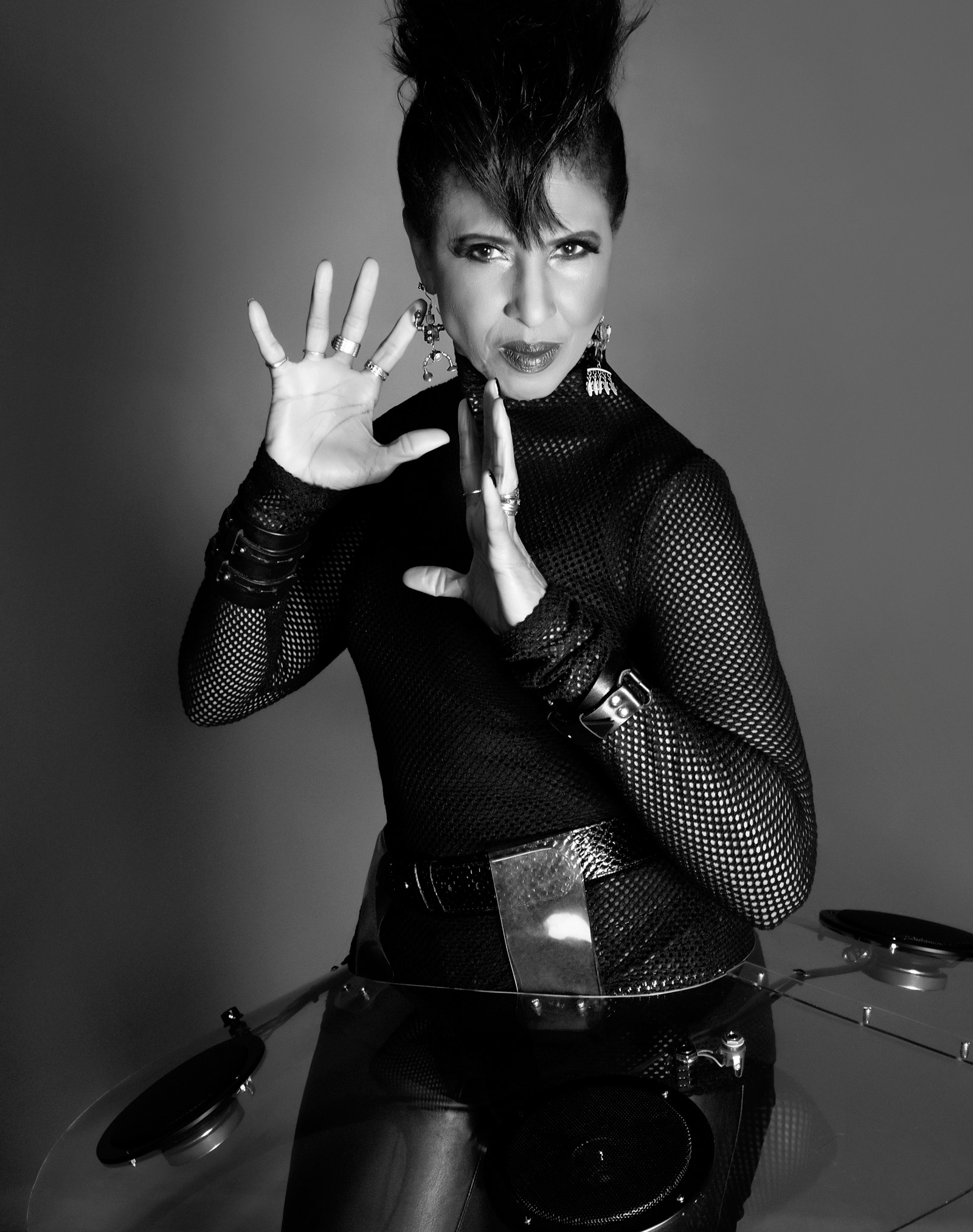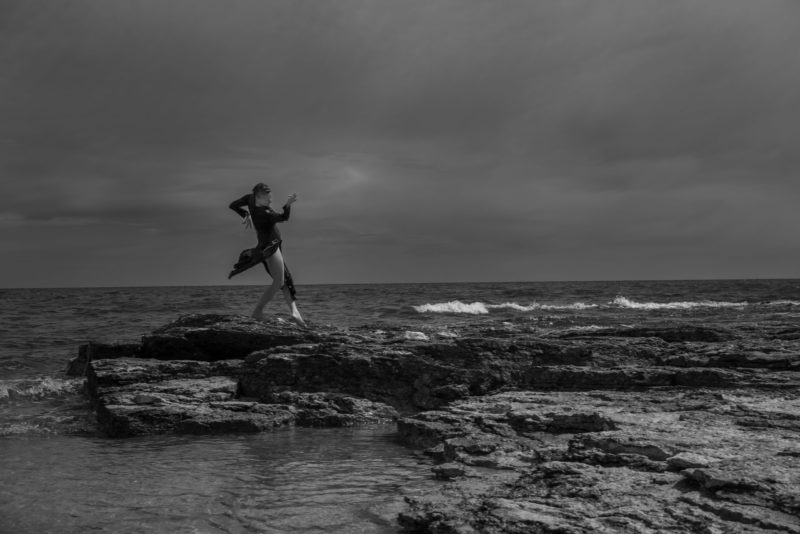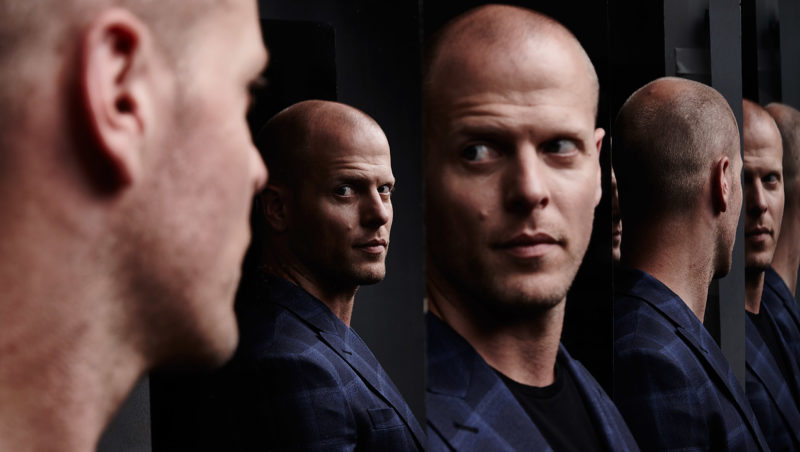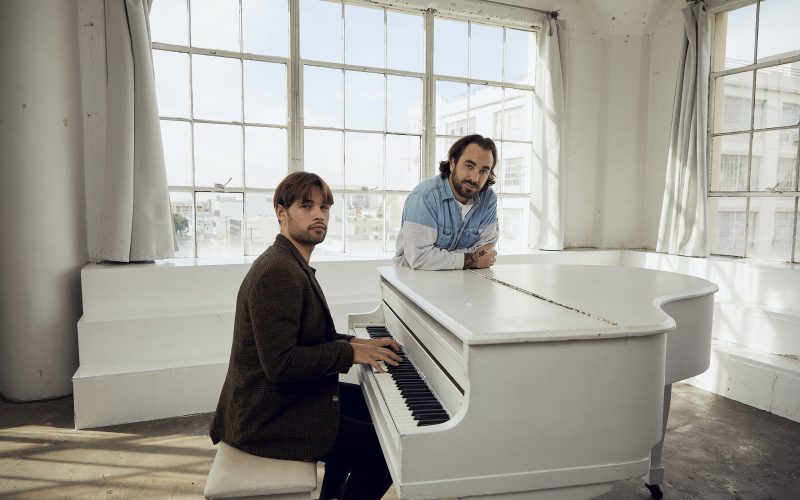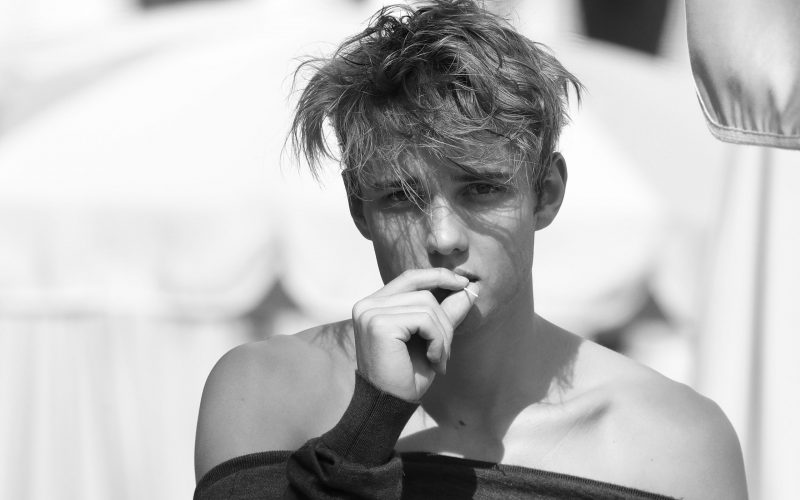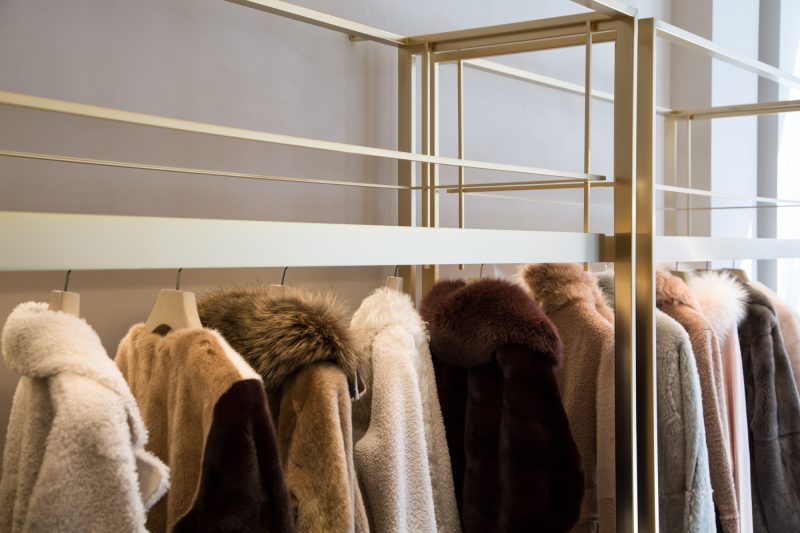Rock & Roll legend to Renaissance Artist, Nona Hendryx reveals how she’s helping advance future artists through technology.
Musa Jackson: What’s your heritage?
Nona Hendryx: I’m West African on my mother’s side, Ethiopian and Native American on my father’s. And some Scottish. I grew up in Trenton; I’m just a Jersey girl.
NH: How did you get started in the music industry?
Sarah Dash, one of the original members of the Bluebelles, came to my church because we lived in the same small town; our families knew each other. She asked if I wanted to join a local singing group after school. I was around 15.
MJ: Who were your musical influences?
NH: My brother Sherman had just come back from the military with his head full of jazz. I was more interested in rock and roll than pop. I was inspired by Chuck Berry, Fats Domino, Elvis Presley, The Shirelles and The Drifters. Sam Cooke and Johnny Mathis were big stars back then. Of course Jackie Wilson and Ben E. King. They eventually became contemporaries. They seemed old to me but were probably in their twenties. [laughs]
MJ: Did you always want to be a singer?
NH: I was much more into the arts and did a lot of work in charcoal. I was also into theater and especially English class; I had a great love for Shakespeare and poetry. I wanted to be an English teacher.
I wasn’t some child prodigy or desperate to get into show business as a singer or songwriter. I was part of this group and everything was written for us; at that time you weren’t the songwriters unless you were an individual like Carole King. That didn’t develop for me until just before LaBelle; I was working on this song idea with Curtis Mayfield’s younger brother, we showed it to Curtis and he said it was pretty good. And that was the first song under Patti LaBelle and The Bluebelles.
MJ: While with LaBelle, were there differences between
European and American audiences?
NH: We started going to England in ’61, and European audiences were much more knowledgeable about our music. In America they had so many artists of color, but in Europe you had singers from the Caribbean and Africa but not this huge rock influence from people like Little Richard and Chuck Berry and all the doo-wop. They did have a jazz influence which stemmed from the war. Our entry into Europe was influenced by that; we played a lot of military bases in places like Germany where all these black guys were still stationed. You weren’t on television or overexposed, so they would find out about you: who the producer was, who wrote the lyrics and the liner notes. And they would want to meet you and essentially tell you more about your music than you knew. [laughs]
MJ: Where did LaBelle develop their fashion style?
NH: It started with Vicki Wickham, Kit Lambert and Chris Stamp, who managed us and The Who and also signed Jimi Hendrix. They had artists who wrote their own music so they treated us like those bands. The artist was now creating the product from beginning to end. Changing from Patti LaBelle and The Bluebelles to just LaBelle was Vicki and Chris’s involvement. They were like, “You can’t wear matching gowns, tiaras, sequins and wigs anymore” – that was identified with the classic girl groups. We went to the rock influence, dressing in jeans, tie-dyed shirts and afros, each member dressing how they felt. That was our fashion breakout moment – moving into looking more like Led Zeppelin. Instead of playing the Apollo we started playing rock venues, opening for The Who in outdoor stadiums and larger arenas.
We were dressing in late-sixties hippie fashion, appearing regularly at the Bitter End to a strong gay following. One guy was a fashion designer named Larry LeGaspi, who had a clothing store called Moonstone off Christopher Street; the interior was turned into a moonscape with his futuristic designs. He asked if could he make some stuff for us. And Richard Ercker was the jewelry designer; I wear his jewelry to this day. Larry’s designs are in the Rock and Roll Hall of Fame.
MJ: Why did LaBelle disband?
NH: Patti didn’t want to continue musically in the direction coming from my influence, which was more rock, or what we had built up as a rock girl group.
MJ: How are you related to Jimi Hendrix?
NH: Through my father’s side. I’d be a third cousin. I met him as a teenager when he was playing in a band backing somebody named Gorgeous George, which backed artists on the “chitlin’ circuit” – this was prior to him joining the Isley Brothers Band. I just knew him as this young guy who spelled his last name with an “I”; I spelled mine with a “Y” but some of my family spells their name like his. I didn’t find out we were cousins until just before he died.
MJ: What have you been able to incorporate from
that world into music?
NH: I started early, before the Mac, with a keyboard that came with three beats: a bossanova, a samba and what they thought was a rock beat. [laughs] I used that as my foundation and would write melodies with keyboard stuff on top. I’m self-taught; I’ll sit with a manual and figure it out. In the early days you didn’t have computers in the studio. The individual pieces had to speak to each other: If you were creating a bassline on the synthesizer and a pattern on the drum machine, you had to sync them both up to the tape machine because you didn’t have computers to record into – you were recording into physical tape – so these devices all had to run in sequence if you ever wanted to overlay something else. That was a learning process. Then my keyboard player Jeff Bova convinced me to buy this new Mac Plus and a keyboard. It took three months to learn how to edit programs, edit the software, sound designs, and sample or recreate sounds. That was my big leap into technology, which changes all the time.
MJ: How did your collaboration with Berklee College
of Music happen?
NH: About six years ago I was invited along with Meshell Ndegeocello to do a seminar and performance. I got to know Larry Simpson at Berklee, who was a fan of LaBelle and instituted a program called Ambassador for Artistry in Education; Patrice Rushen served as the first Ambassador. The idea was to bring in teaching artists. He asked me to be an Ambassador and do a presentation for the faculty. But I didn’t want to talk about my history with LaBelle at a podium; I wanted to do a performance, but one informing why I am the performer that I am, and how musical education and technology could benefit the present and the future. I created a musical slideshow about creativity and inspiration.
The faculty recognized the theatrical, musical and technological components and asked me to be involved with the musical theater, music ensemble, and electronic production and design (EPD) departments. My mission was to work with students in these different areas; I was able to integrate departments to be creative and interactive.
MJ: You got the musical theater performance show out of it?
NH: Right. Berklee isn’t a campus. It’s spread out, so this in a sense was to get that collaboration going and get the EPD department students into a performance world – instead of being in a world of twiddling knobs, adjusting sounds and frequencies, you’re also thinking about the human element. I also wanted to bring more women into it, because normally I’d walk into a classroom and see one woman.
MJ: Speaking of women, you just produced a show
about Billie Holiday and Edith Piaf, “Parallel Lives.”
What was that like?
NH: It was informative about what I’m capable of doing. It was important for me to play a lesser role, as opposed to it being my show, and to discover music I kind of knew and music I didn’t really pay that much attention to, with a new interpretation that didn’t alienate people who love those artists. And there was the challenge of writing a script and living within those confines for a performance, because I come from performing on my own terms and am a lot more improvisational.
MJ: What did you learn from those two musical giants?
NH: How incredible it is to touch and move people with your voice, style, and persona and affect culture in such a huge way.
MJ: I had the privilege of producing your first visual art
show; how did it feel coming full circle?
NH: It felt great and it was scary. As an artist you go through this process of, “It’s great,” “It’s shit,” “It’s great,” “It’s shit.” [laughs] But the value is in doing it and trying to stay far from those judgments. It allowed me to step back from music and come back to it freshly. My palette is now wider.
MJ: How would you inspire the next generation of artists?
NH: The thing that’s stayed with me is to be yourself. Be yourself. It eventually dawned on me that I couldn’t be anything else.

